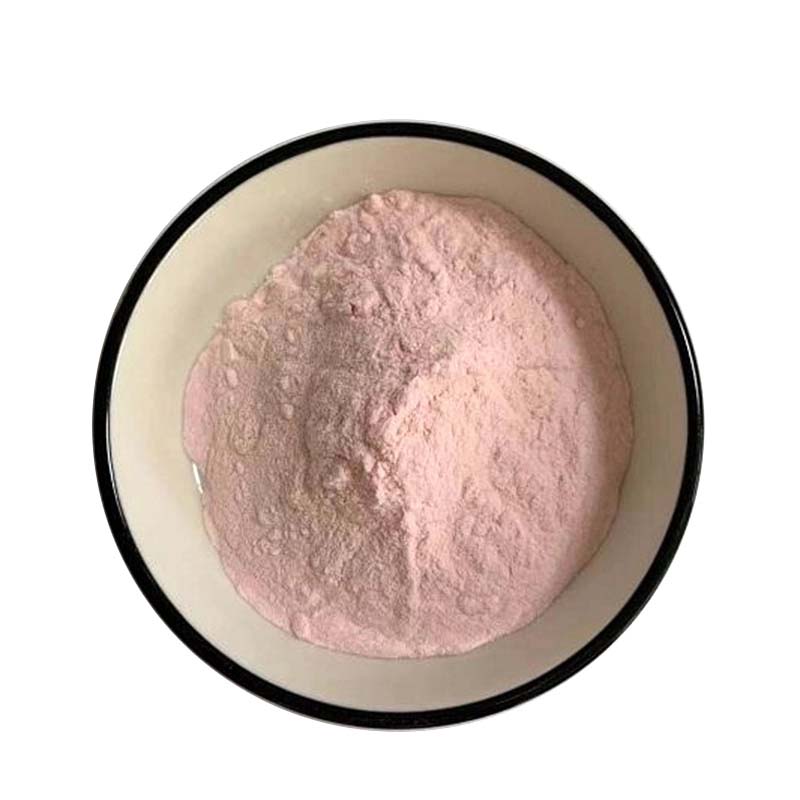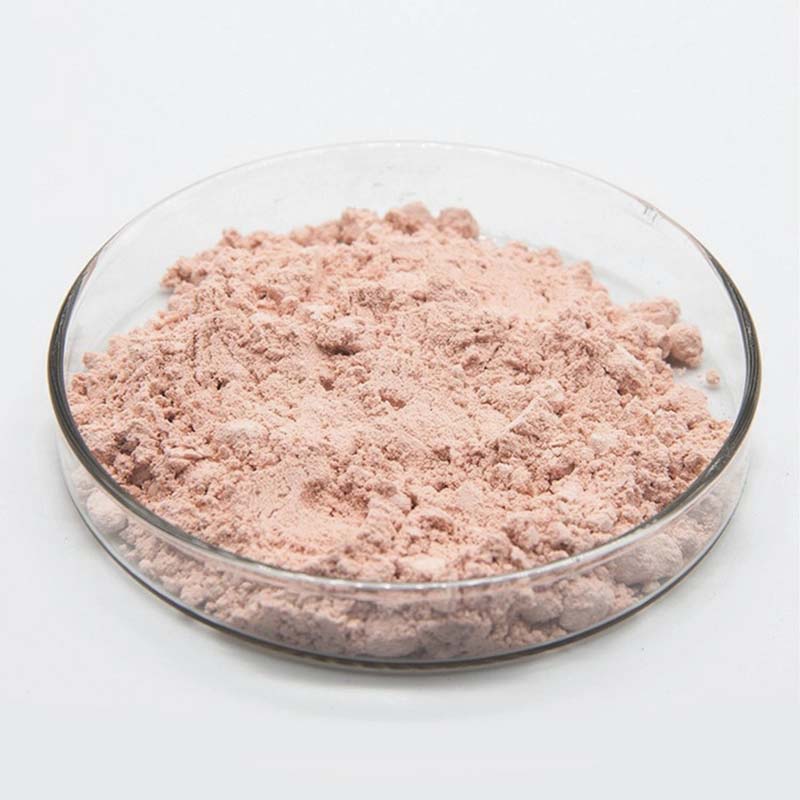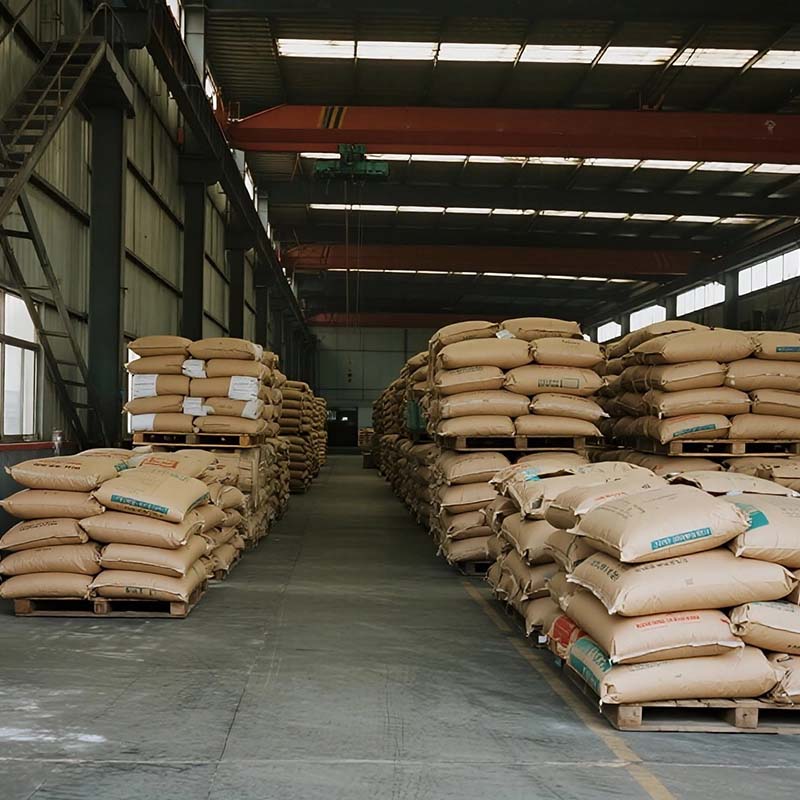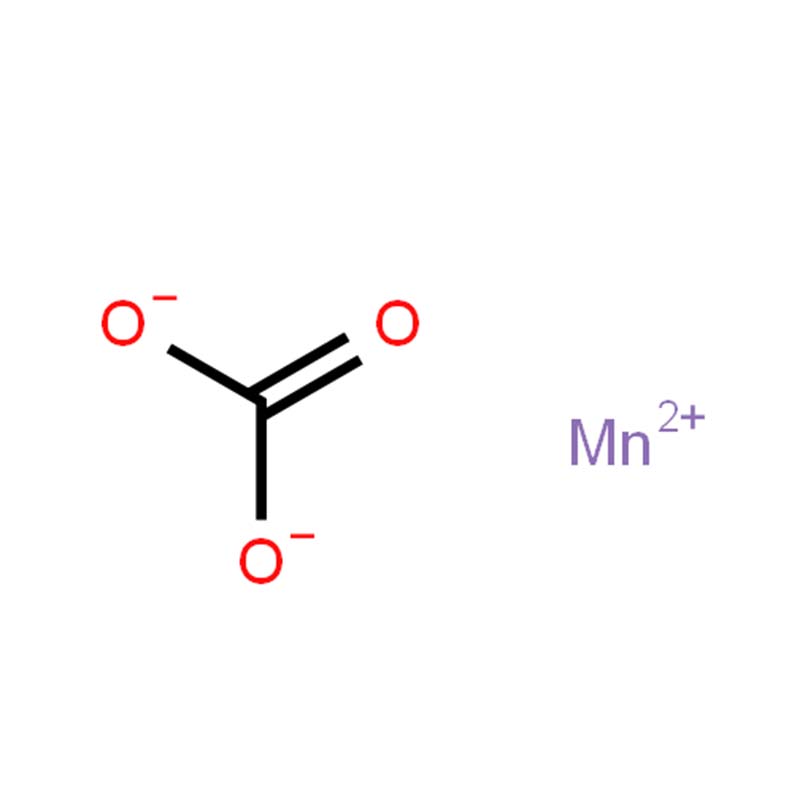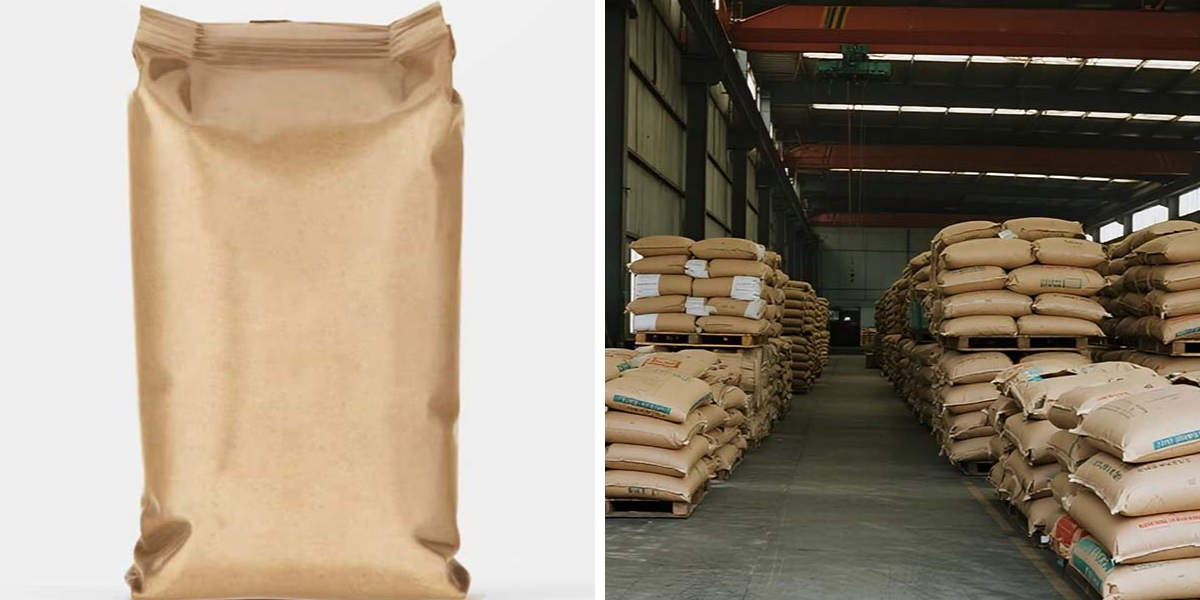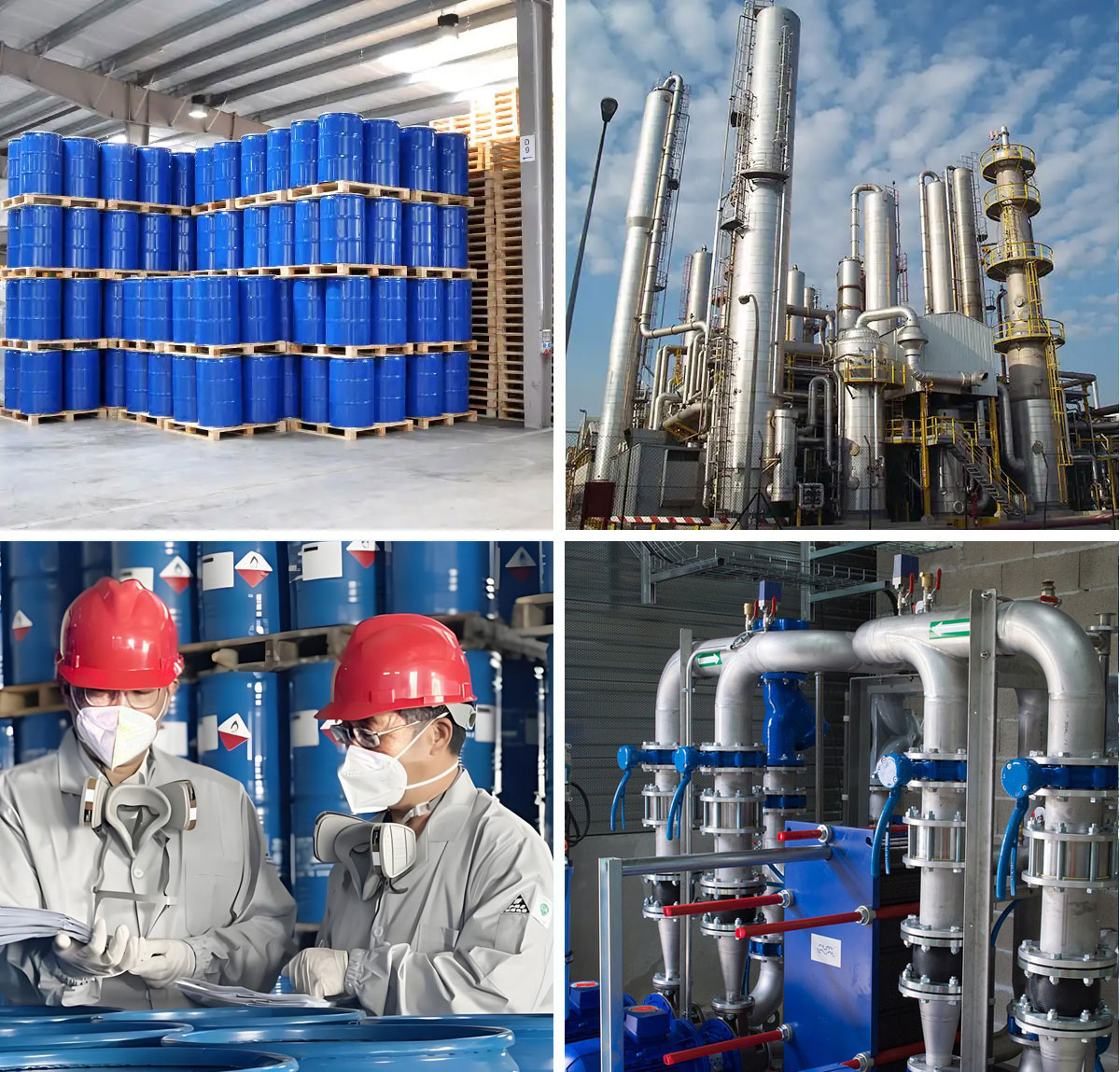Manganese Carbonate
Natural Origin: Sourced from the mineral rhodochrosite, providing a consistent and naturally derived raw material.
Controlled Laboratory Synthesis: Readily synthesized under laboratory conditions through reactions involving sodium bicarbonate and carbon dioxide.
Characteristic Visual Properties: Precipitates as a distinctive pale pink solid, facilitating straightforward visual identification during production.
Stable Hydrated Crystalline Form: Commonly obtained in the monohydrate configuration (MnCO₃·H₂O), ensuring structural stability for diverse industrial applications.
Manganese(II) carbonate occurs naturally in the form of the mineral rhodochrosite. For laboratory preparation, it can be obtained as a pale pink precipitate by treating an aqueous solution of a manganese(II) salt with sodium bicarbonate under conditions saturated with carbon dioxide. This method yields the compound in its monohydrate form, MnCO₃·H₂O.
Parameters
Melting point | 350°C (dec.) |
density | 3.12 g/mL at 25 °C(lit.) |
solubility | dilute aqueous acid: slightly soluble(lit.) |
form | |
color | Light brown to violet |
Specific Gravity | 3.125 |
Water Solubility | Soluble in water(0.065g/L), dilute inorganic acids. Insoluble alcohol. |
Merck | 14,5726 |
Solubility Product Constant (Ksp) | pKsp: 10.63 |
Exposure limits | ACGIH: TWA 0.02 mg/m3; TWA 0.1 mg/m3 |
Stability | Stable. Incompatible with strong acids, strong oxidizi ng agents. May be moisture senstive. |
LogP | -0.809 (est) |
CAS DataBase Reference | 598-62-9(CAS DataBase Reference) |
EPA Substance Registry System | Manganese carbonate (1:1) (598-62-9) |
Safety Information
Safety Statements | 22-24/25 |
WGK Germany | 3 |
RTECS | OM2470000 |
TSCA | Yes |
HS Code | 2836991780 |
Hazardous Substances Data | 598-62-9(Hazardous Substances Data) |
Manganese carbonate serves as an important agricultural micronutrient additive, effectively addressing manganese deficiency in crops through fertilizer applications. Beyond agricultural uses, it functions as a nutritional supplement in health products and finds industrial application in the ceramics industry as both a coloring agent and flux component in glazes, as well as in concrete staining processes. In pharmaceutical contexts, it acts as a hematinic—a vital nutrient supporting hematopoiesis through synergistic interactions with iron, vitamin B12, and folate in blood cell formation.



